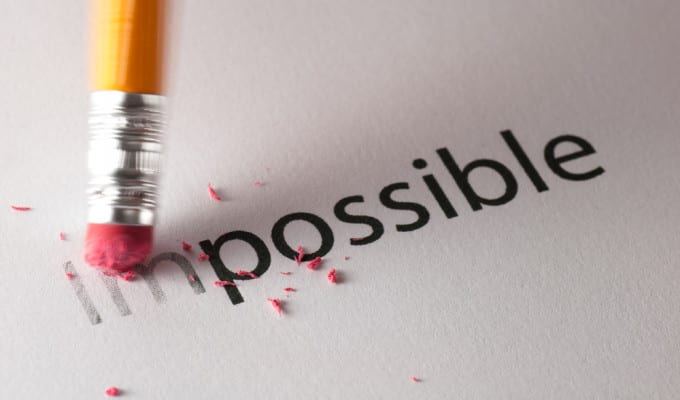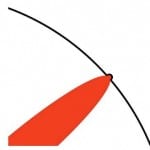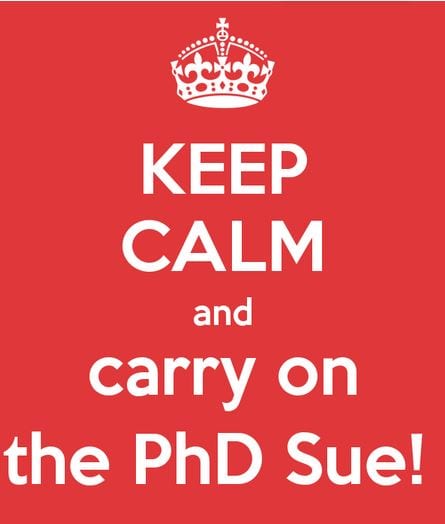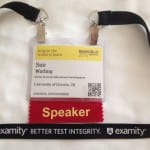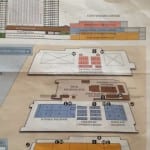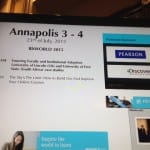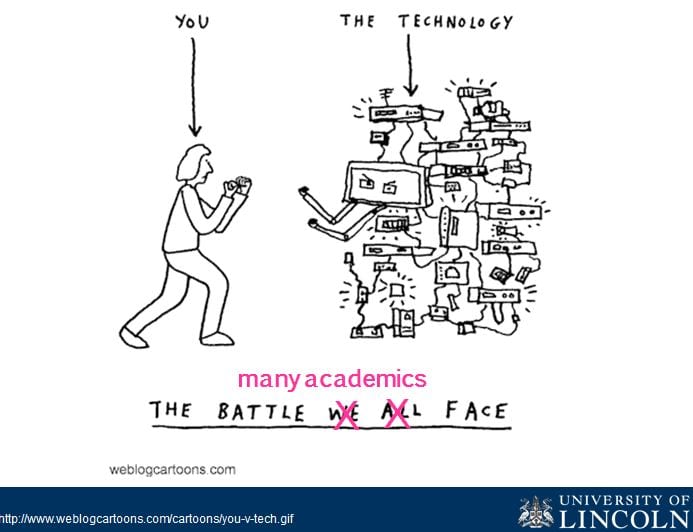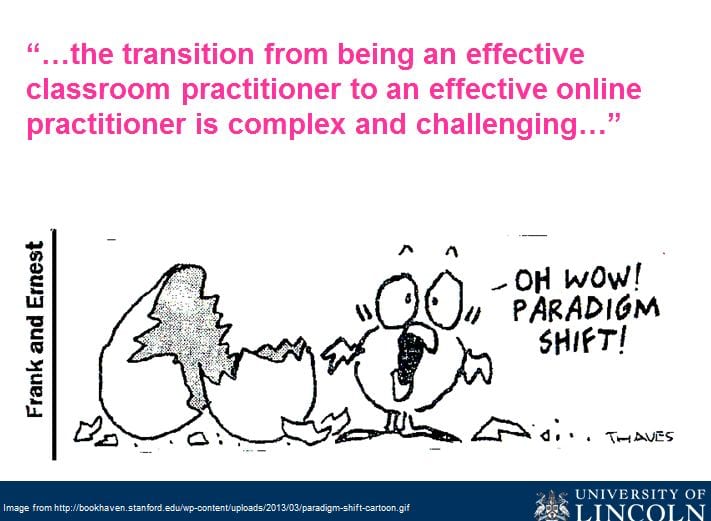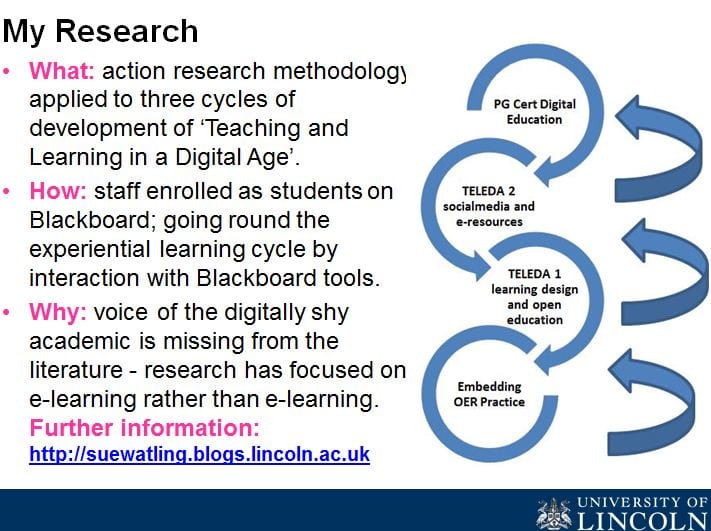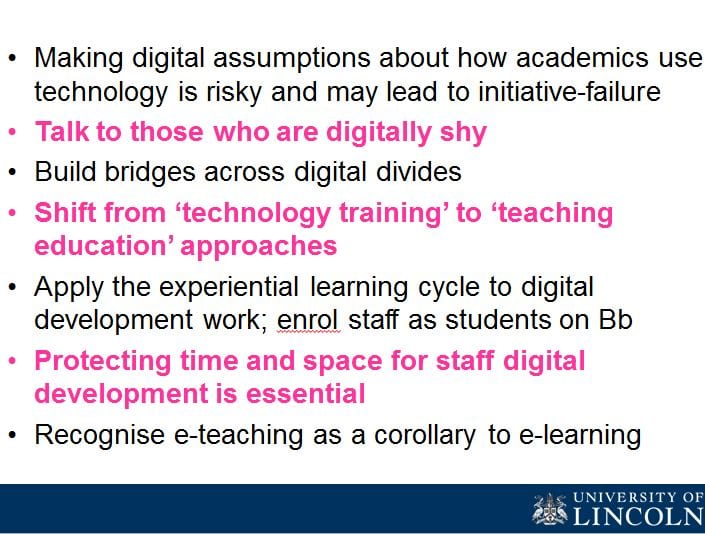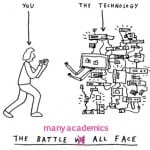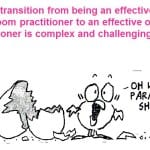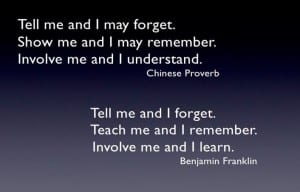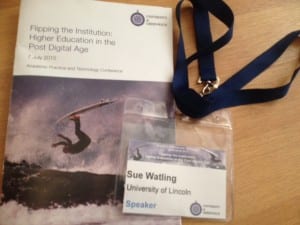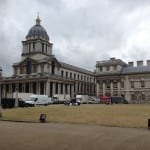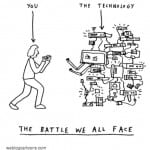My thoughts have turned to a book from my Phd thesis. It’s ambitious I know, in particular as the only place the thesis exists at the moment is in my head and there it’s more like a broken jigsaw than anything complete. But it’s a plan. The title would be – eteaching; pedagogy and practice for a digital age – so I’m laying claim to that now!
Advice on doing this is plentiful. There’s the phd2published site and Pat Thompson‘s blog posts as well as lots of doctoral writing support in general including Patrick Dunleavy’s Authoring a PhD and Kamler and Thompson’s Helping Doctoral Students Write. The key message seems to be a thesis is not a book. It needs rewriting for a different audience. Fair enough. I’ve always thought the strongest point of any research is the narrative which emerges from a qualitative data collection process and I prefer words to numbers. It’s everything else. Like head-space and time constraints which hamper the process. My never ending and never far away twin excuses!
The summer didn’t go quite as planned. Although I read a couple of research books and managed five interviews and transcripts, the dust on NVivo has remained largely undisturbed.
I thought a book plan might spur me on but recognise it could also be an avoidance technique. I’m good at those. I’ve repotted the house plants and my laminate floors are the cleanest they’ve been, even behind the settee and the sideboard. However, a book on e-teaching appears to fill a gap. There are books about online education but mostly either theoretical rather than practical or aimed at primary and secondary school. I had more of a research informed higher ed narrative in mind; one which combined pedagogy and practice of virtual learning environments and followed a number of different academics as they worked through the TELEDA learning blocks. Chapters would include Activity Based Content (ABC) Design, Introduction to Open Educational Resources and Social Media for Teaching and Learning in Higher Education.
The framework would be one of educational inquiry and the scholarship of teaching and learning. It will also contain guidance on essential areas like accessibility, inclusive practice and copyright with TELEDA participant comments threaded throughout. All identities would be protected. My data is so anonymised even I’m not sure who said what and when, and I also thought about inventing a hypothetical learning environment so there’d be no worries about corporate branding. All VLEs do the same things and the whole point of educational technology is the generated learning opportunities rather than the tools which deliver the content and interaction. So eteaching; pedagogy and practice for a digital age. You read it here first.
——————————————————————————————————————
image from http://www.icolortype.com/blog/wp-content/uploads/2014/03/Baby-with-iPad.jpg

